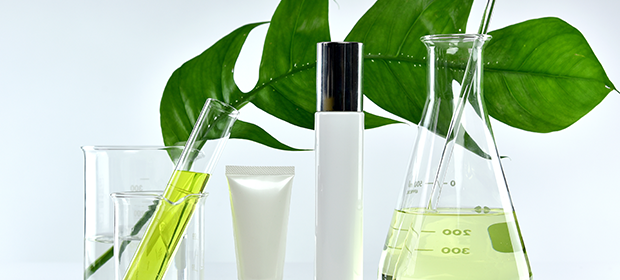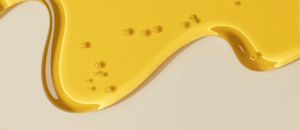It’s predicted that a quarter of all Brits will be vegan or vegetarian by 2025, with more and more consumers looking for personal care and cleaning products free from animal-derived ingredients.
So this Veganuary we’re sharing some useful information for formulators looking to make ingredient switches.
The difference between vegan and cruelty free
The Vegan Society – the UK-based organisation certifying vegan products – define veganism as “a way of living which seeks to exclude, as far as is possible and practicable, all forms of exploitation of, and cruelty to, animals for food, clothing or any other purpose”. It’s a lifestyle that goes far beyond food choices and incorporates everything from clothing to cosmetics.
You’ll often find vegan products are also cruelty free, but the two aren’t synonymous – cruelty free labels relate to animal testing, not to the ingredients within a product. To be vegan, a product cannot contain any animal ingredients or animal-derived ingredients.
Common animal ingredients
For some years now the cosmetics and detergent industries have been moving away from animal-derived raw materials to vegetable-derived. However, a small number still persist.
Animal ingredients still used within personal care products are honey (mel), beeswax (cera alba), lanolin, collagen, albumen, carmine, cholesterol and gelatin.
Within household cleaning products and detergents it’s much rarer to find animal-derived ingredients these days, but traditional ingredients include lanolin, beeswax (cera alba), glycerol and stearic acid (derived from animal fat).
Alternative ingredients with the same attributes can easily be sourced from plants rather than animals, and others can be totally replaced within your formulations with a little bit of trial and error.
Tips for reformulating
In today’s markets, very few chemicals are animal-derived or use animal derivatives in their manufacturing process – most have now been replaced using vegetable derived ingredients. The few that remain – such as lanolin and lanolin derivatives, beeswax (cera alba), lactates and chitosan (marine shells), squalane (marine) et al – can be replaced with vegetable based chemistry.
Formulating with these replacements is in the main no different, although stability and efficacy still have to be tested. Let us guide you with your product development.
Vegan alternatives for your formulations
Our technical team will be happy to advise you when reformulating, but below are a few recommendations to get you started (note that the efficacy will depend on what else is in your formulations and what concentration you’re using, so please take these suggestions as rough guidance only).
Personal care
| Traditional ingredient | Vegan ingredients |
| Beeswax (cera alba) | Carnauba wax, candelilla wax, fruit based waxes (we can supply a whole range). |
| Lanolin and lanolin derivatives | Vegetable oil/butters and esters blends. Ask us about the Plantasens® range from Clariant. |
| Hyaluronic acid | Plant-based origin can be sourced, or look at other moisturisers and film formers such as:
|
| Keratin | Vegetable derived keratin is available from Chemlink Specialities. |
| Milk or yoghurt powders | Vegetable milks or hydrolysed vegetable milks. Ask us about Sinerga’s Phytolat Protein Milk Range. |
| Glycerin | We can supply vegetable-derived glycerin. |
| Retinoids (such as retinol and retinyl palmitate) | Carotenoids (such as vegan retinol with beta-carotene as raw material) can be sourced. |
| Cholesterol | Phytosterols (plant derived Sterols). Ask us about Sinerga’s Tri-Solve® P, for example. |
| Lecithin | Plant derived (soy). Several Sinerga products use as an ingredient, including Tri-Solve® P. |
Household care
| Traditional ingredient | Vegan ingredients |
| Beeswax (cera alba – used in polish systems) | Carnauba wax, candelilla wax, fruit based waxes (we can supply a whole range). |
| Lanolin and lanolin derivatives | Vegetable oils/butters and ester blends. |
| Stearates, from animal fat | Hydrogenated unsaturated (C18) vegetable oil, derived from soy, palm or olive oils. Most stearates and ‘stearyl’ derivatives are vegetable sourced now (hydrogenated oleic from palm, soy or olive). |
Overall the cosmetics and detergent industries have been ahead of this trend, but if you are having specific problems we can help you resolve them.
Get in touch with our friendly and experienced technical team to request samples of vegan ingredients mentioned in this blog or to discuss formulations.







